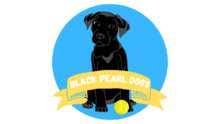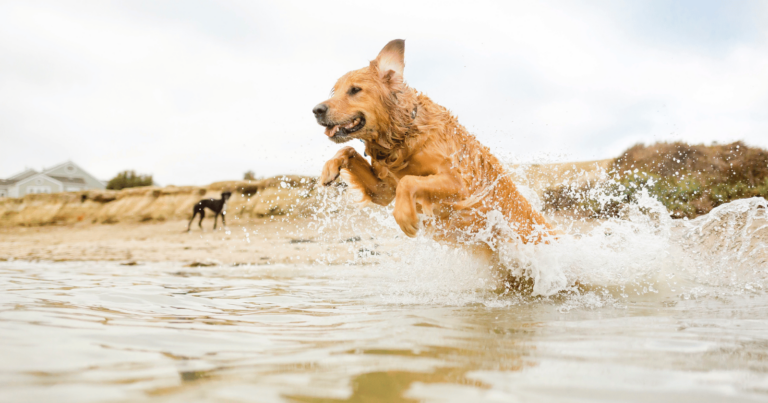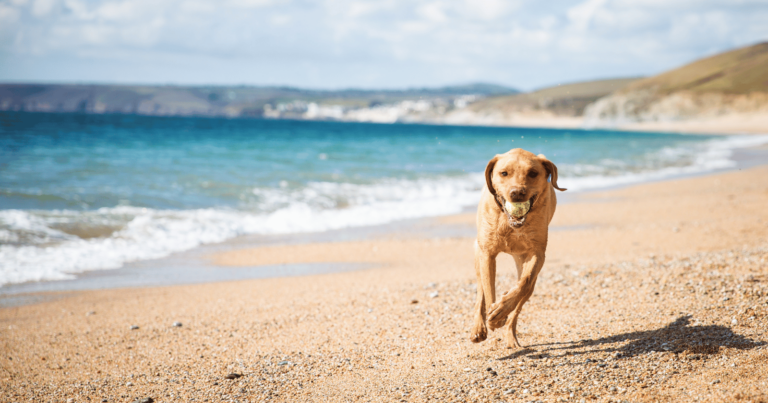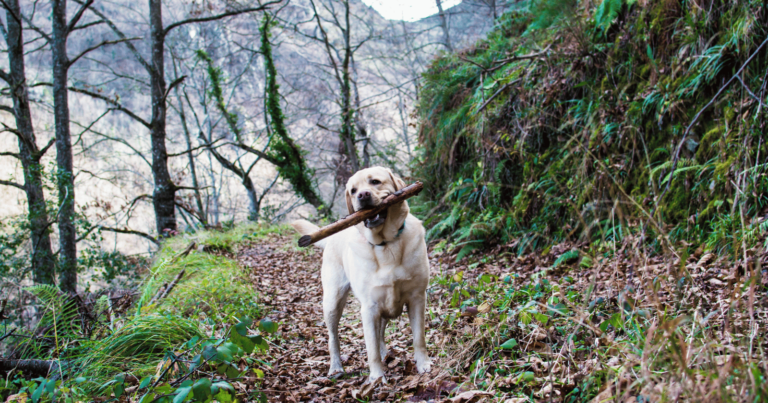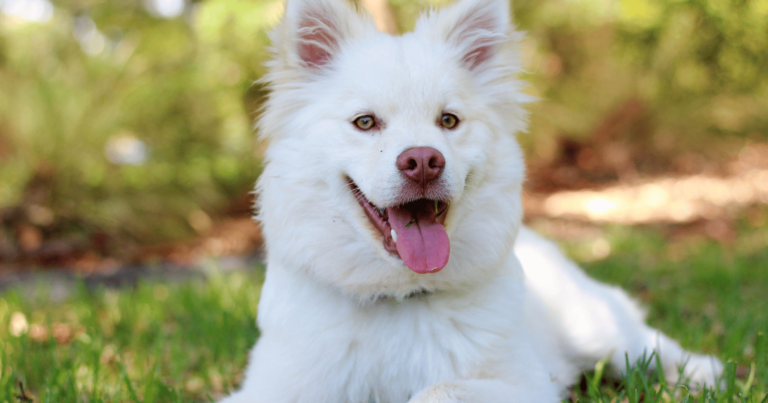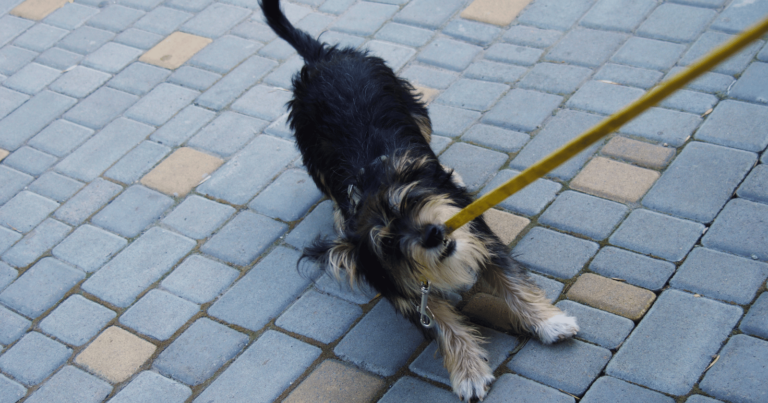Stuck indoors with your furry friend and wondering how to keep them entertained?
It’s easier than you might think.
Indoor activities can be just as fun and stimulating for your dog as outdoor ones, if not more so.
You see, dogs are adaptable creatures.
They happily adjust to our human world, be it in a bustling city apartment or a cozy countryside cottage.
And they don’t necessarily need wide open spaces to have fun – they just need you and some creativity!
In this article, we’ve compiled a list of 7 fun indoor activities that you and your dog can enjoy together.
1. Teach your dog new tricks
Who said you can’t teach an old dog new tricks?
Indoor time is the perfect opportunity to engage your dog’s mind with some fun and challenging trick training.
Training provides mental stimulation for your dog, which is just as important as physical exercise.
It keeps their brains sharp and active, and prevents them from getting bored – a common cause of destructive behavior in dogs.
Start with simple tricks like ‘sit’, ‘stay’, and ‘paw’, then gradually move on to more complicated ones like ‘roll over’ or ‘play dead’.
You can even teach them useful tricks like ‘clean up’ where they learn to pick up their toys and put them in a box.
2. Create an indoor obstacle course
Another great way to keep your dog entertained indoors is by setting up a makeshift obstacle course.
This can be loads of fun for both of you and it’s a fantastic way to expend some of that pent-up energy.
You don’t need any fancy equipment for this.
Simply use items around your house like chairs, cushions, boxes, and blankets to create obstacles.
Your dog can jump over some items, crawl under others, and weave in and out of arranged objects.
The level of difficulty should be adjusted according to your dog’s size, breed, age, and physical abilities.
Always ensure that the course is safe and won’t cause any harm to your pet.
3. Play hide and seek

This game is a fun way to engage your dog’s natural hunting instincts and gives them a good mental workout.
Plus, it’s an excellent way to reinforce the “stay” and “come” commands.
Here’s how to play: Ask your dog to “stay” in one room while you go hide in another.
Once you’re hidden, call your dog and wait for them to find you.
Reward them with treats and praise when they do.
If your dog isn’t great at staying put, you can play this game with two people – one person stays with the dog while the other hides.
Remember to start with easy hiding spots until your pooch gets the hang of the game.
As they get better, you can make it more challenging by hiding in different rooms or even under blankets!
Not only does this game provide physical exercise as your dog runs around looking for you, but it also challenges their problem-solving skills and sense of smell.
4. Interactive puzzle toys
These toys are designed to stimulate your dog’s mind and keep them busy for extended periods of time.
Puzzle toys come in different shapes and sizes, but they all have one thing in common – they require your dog to figure out how to get to the treats hidden inside.
This challenges their problem-solving skills and provides mental enrichment, which is just as important as physical exercise.
Some popular options include treat-dispensing balls, slow feeder bowls, and toys with hidden compartments that your dog has to open.
You can also make your own DIY puzzle toy by hiding treats in a muffin tin and covering the holes with tennis balls.
These toys can keep your dog entertained for hours, giving you some time to relax or work without interruption.
And the best part?
Your dog gets a tasty reward for their efforts!
5. Indoor fetch
Fetch is a classic game that most dogs love and it can easily be adapted for indoor play.
Instead of a tennis ball, use a soft toy to avoid any accidents or breakages.
Choose a safe space in your home, like a long hallway or a room with open space.
Throw the toy and let your dog run after it.
This will provide some much-needed physical exercise and help burn off extra energy.
If your dog doesn’t already know how to play fetch, this is a great time to teach them.
Encourage them to go after the toy, then teach them to bring it back to you.
Reward them with treats and praise for each successful fetch.
6. Tug of war
It’s a great way to engage your dog’s natural instincts and provides both mental and physical exercise.
All you need is a sturdy tug toy.
Start by shaking the toy in front of your dog to get their attention.
Once they grab onto it, gently pull back and forth.
This game can help improve your dog’s confidence and control, as well as their physical strength.
It’s important to let your dog win occasionally to keep them interested in the game.
However, always ensure the play remains controlled and stop if your dog becomes overly excited or aggressive.
7. Massage and grooming sessions

This can be a calming and bonding activity for both of you, and it also helps to keep your dog’s coat healthy and shiny.
Start by gently stroking your dog’s body, gradually applying more pressure as you massage their muscles.
Pay attention to their reaction to ensure they are comfortable.
You can also use this time to brush their fur, which can help reduce shedding and prevent matting.
Aside from keeping your pet looking their best, these sessions provide an opportunity for you to check for any unusual lumps, bumps or skin issues.
Regular grooming can help you catch potential health concerns early.
Embracing your dog’s unique personality
While we’ve provided a range of activities to keep your dog entertained indoors, it’s key to remember that every dog is unique.
Their breed, age, personality, and health status are all factors that will influence what activities they enjoy and benefit from the most.
Some dogs might prefer a mentally stimulating game of puzzle toys, while others might thrive on the physical exertion of an indoor obstacle course.
Older dogs might prefer slower-paced activities like massage and grooming sessions, while puppies might have endless energy for games like fetch and tug of war.
Ultimately, the best activities for your dog are those that meet their individual needs and preferences.
Observe your dog during these activities and adjust based on their responses.
This is not only about keeping them occupied but also about deepening your understanding of them.
